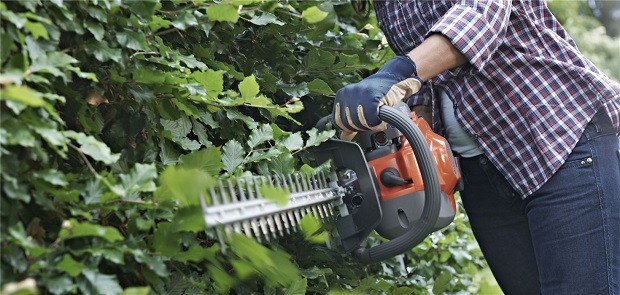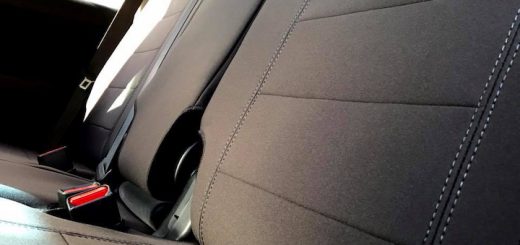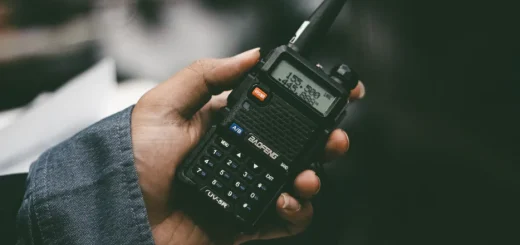Master Your Sound: A Guide to Choosing the Right Guitar Pedal
When it comes to crafting the perfect sound, choosing the right guitar pedal is as subjective as picking your favourite ice cream flavour or selecting the ideal cushions for your sofa. Today, these devices offer many possibilities, each designed to shape and enhance your tone in unique ways. Choosing the right one, however, can feel like navigating a maze of options.
You can transform your sound, adding depth, character, and personality to your performance with the help of a responsive pedal for electric guitar with various effects. From the crunchy distortion that defines rock and metal to the shimmering reverb that fills out an ambient track, each pedal serves a unique purpose. Overdrive and distortion can push your amp into sweet saturation, perfect for solos and heavy riffs. Delay can create intricate echoes and rhythmic patterns, while chorus adds a lush, swirling dimension to your sound.
Gain-Based Effects
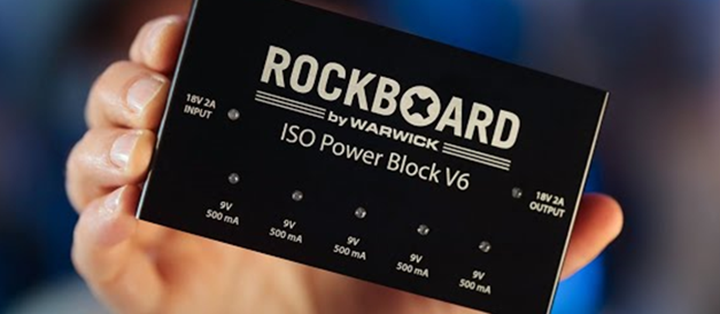
When it comes to guitar pedals, the first part of your signal chain is crucial because it’s where you typically place your gain effects. These range from clean boosts to wild fuzz effects and are fundamental in shaping the core of your tone:
-Gain boost: Also known as clean boosts, these devices act like in-line preamps designed to amplify your guitar signal. They can be transparent or slightly coloured and they help push your amplifier into its sweet spot or compensate for signal loss over long chains;
-Overdrive: These devices emulate the sound of an amp pushed to its limits. They add a bit of grit and colour, making your tone richer and more textured;
-Distortion: If your tone were a dish, a distortion pedal for electric guitar would be the spice. These devices push your signal to the clipping point, adding a wide range of “flavours” from mild to extreme distortion, depending on the type of transistors you use;
-Compression: Guitar compressors reduce the dynamic range by turning down the volume of louder signals. This can create a sustained effect great for solos or a punchy effect ideal for more articulate playing styles;
-Volume Control: These devices allow you to control your volume dynamically. They’re perfect for smooth swells and fade-outs, usually placed toward the end of the gain stage section.
Filtering Effects
These effects typically follow gain staging because gain-based effects add harmonic complexity that can interfere with filtering. For example, an EQ pedal is your go-to tool for making precise frequency adjustments. It sculpts your harmonics and corrects tonal issues. Many guitarists place them right after the gain-staging section to fix any tonal problems before they affect other effects down the chain. They come in various formats, from simple amp-style tone controls to sophisticated parametric layouts.
Wah-wah and envelope filters bring a unique vocal-like quality to your sound. A wah-wah guitar pedal lets you manually sweep a resonant peaking filter across the frequency spectrum, creating a distinctive rhythmic and expressive element. Envelope filters, or auto wahs, automatically respond to your playing dynamics, producing a range of sounds that add a funky or spacey vibe to your music.
Pitch shifters and harmony guitar pedals offer a creative playground, allowing you to alter pitches and add harmonies. These effects can range from simple octave adjustments to complex polyphonic harmonies. While they can create cool and unique sounds, be aware that significant pitch alterations may sound less realistic, and tracking can become challenging with lower pitches.
Modulation Effects
Modulation pedals change aspects of your tone over time. Positioned between frequency effects and time-based effects on your pedalboard, they’re powered by a low-frequency oscillator (LFO) that regulates the change in your signal:
-Tremolo pedals alter volume, creating rhythmic pulses perfect for rockabilly and surf music. Vibrato pedals, on the other hand, tweak pitch, delivering a swirling effect reminiscent of a Leslie rotary speaker;
-Chorus and flanger effects share similarities but offer distinct sounds. Flangers produce a distinctive swooshing sound by slightly delaying and modulating a doubled signal. Chorus effects create a spacious shimmer that adds depth to your sound;
-Phasers produce a subtle yet colourful sweep across your tone. Modern phasers offer depth controls for increased resonance, so you can tailor the effect to suit your style.
Time-Based Effects
Time effects, such as delay and reverb, add depth and dimension to your sound, creating everything from subtle ambiance to expansive textures. Delay electric guitar pedals repeat the original signal after a specified time, which offers versatility from short slap-back delays to longer, trailing echoes favoured by blues-rock guitarists. Whether analogue or digital, these devices provide a crucial element in modern music production, often considered essential for any pedalboard setup.
Reverb guitar pedals create a sense of space around the sound, enhancing its depth and presence. From synthetic to emulations of classic analogue reverbs like springs and plates, there are many options. With controls for decay and wet/dry balance, they allow you to tailor the effect to your taste, whether you prefer a subtle touch or a lush, enveloping ambiance.
How Do I Find the Right Guitar Pedal?
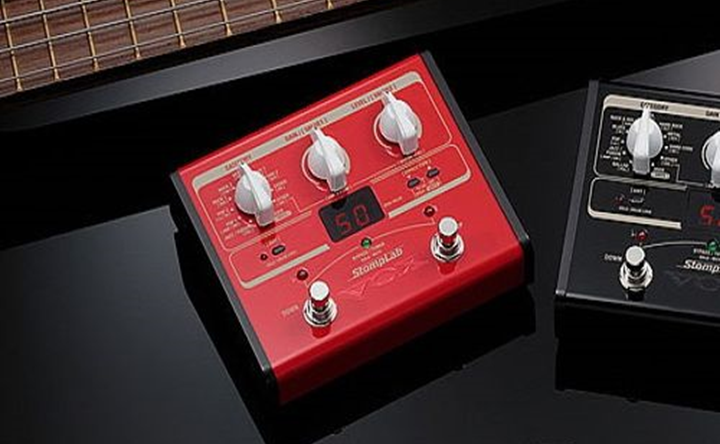
A couple of key concepts can make a big difference in your decision-making process. First up, stereo effects can add depth and dimension to your sound, but they’re only effective if you’re set up to take advantage of them. If you’re not running two amps or recording in stereo, you might not get the full benefit, and stereo setups can sometimes cause phase issues.
Then there’s the eternal debate between true bypass and buffered bypass. True bypass guitar pedals cut the circuitry out of the signal path when not in use, theoretically preserving your tone. Buffered bypass models, on the other hand, may affect your tone but can help maintain signal integrity over longer cable runs or with multiple pedals.
Lastly, the power source for your pedals is also worth considering. While batteries are reliable, AC power supplies often get a bad rap for potential noise issues. However, with a good power conditioner, you can keep your setup clean and worry-free, whether you’re on stage or in the studio.
